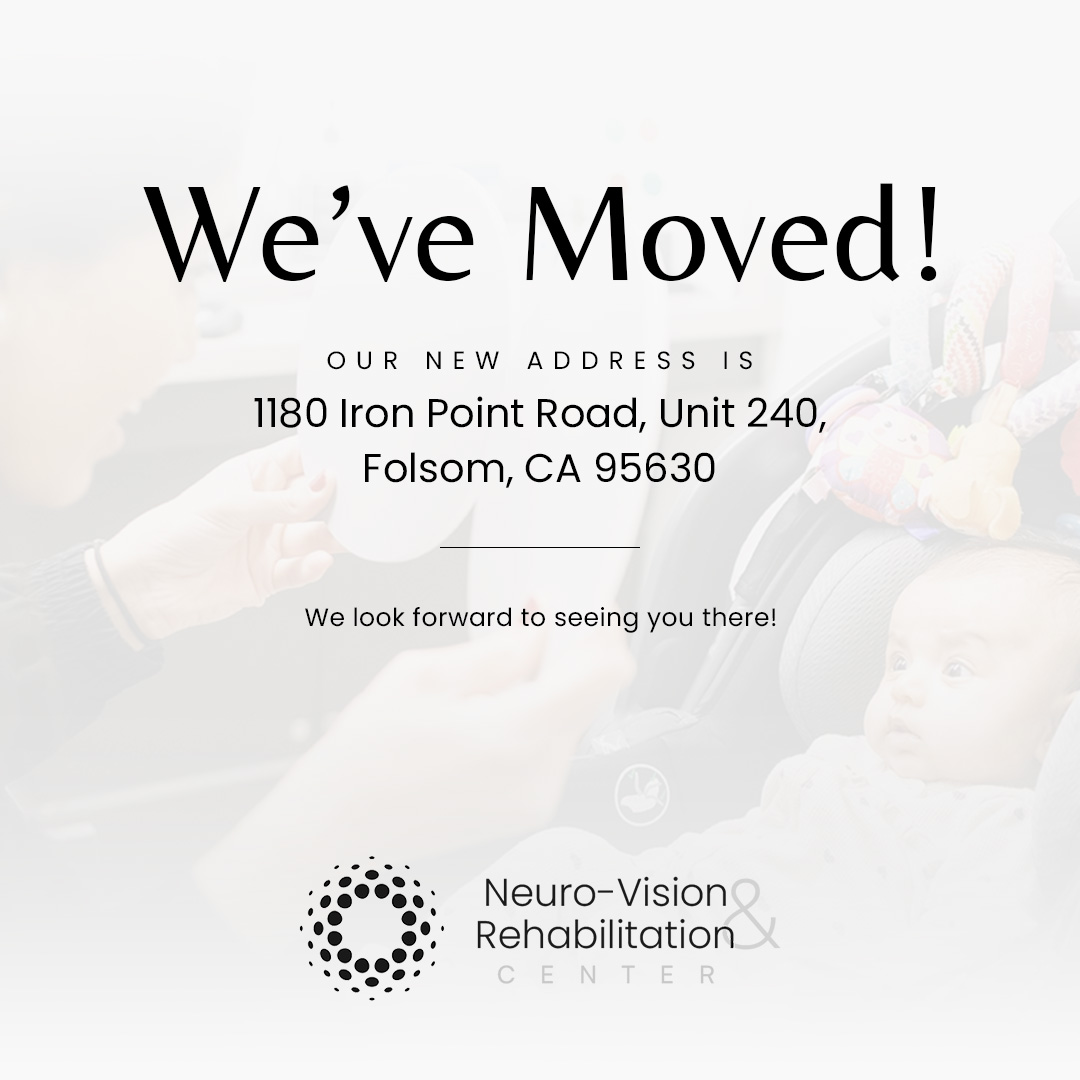
For individuals with Autism or Sensory Processing Disorder (SPD), the visual system often functions differently, requiring specialized assessment and care. Many typical behaviors, such as poor eye contact, looking beyond or through objects, extreme light sensitivity, and unusual visual responses, may be signs of underlying visual processing issues. A comprehensive visual system evaluation is essential to identify and address these challenges effectively.
Understanding the Role of Vision in Autism and SPD
Unlike standard vision exams that primarily assess eyesight clarity, a visual system evaluation for Autism or SPD delves deeper into how the brain processes visual information. It examines how the eyes work together, how the brain interprets what is seen, and whether the visual system is contributing to sensory overload or behavioral difficulties.
Individuals with Autism or SPD may experience issues such as:
Difficulty with eye contact – The eyes may struggle to work together, making direct gaze uncomfortable.
Unusual visual focus – Some individuals may look past or through objects rather than at them.
Extreme light sensitivity (photophobia) – Harsh lighting or bright environments can be overwhelming.
Atypical visual responses – Rapid head movements, excessive blinking, or trouble tracking moving objects.
What Happens During a Visual System Evaluation?
The evaluation begins with a comprehensive case history review. The doctor will discuss symptoms, behaviors, and any known sensory or developmental concerns. Parents or caregivers will provide insight into how visual difficulties may be affecting the individual's daily activities, learning, and social interactions.
Next, functional vision testing is conducted. This portion of the evaluation assesses more than just visual acuity and may include various tests. Eye tracking measures how well the eyes follow moving objects. Binocular vision testing evaluates how effectively the eyes work together. Depth perception and spatial awareness tests help determine how well the individual perceives distances and spatial relationships. Additionally, contrast sensitivity is assessed to understand how well the individual sees in different lighting conditions.
A light sensitivity and visual comfort assessment is also performed. The doctor will determine if certain types of lighting, colors, or patterns cause discomfort or visual overload, which can be common in individuals with sensory processing challenges.
This thorough assessment helps uncover the root causes of visual difficulties and allows for the development of a tailored treatment plan to improve daily functioning and overall quality of life.
Next Steps and Treatment Options
After the evaluation, a personalized treatment plan will be developed based on the findings. This may include:
Vision therapy – Targeted exercises to improve visual processing and integration.
Yoked prism or ambient lenses – Specialized lenses to support more efficient visual function.
Environmental modifications – Adjustments in lighting, screen time, and visual stimuli to reduce sensory overload.
Schedule a Consultation with Neuro-Vision & Rehabilitation Center Today
A comprehensive visual system evaluation is a crucial step in understanding and addressing the unique visual needs of individuals with Autism or Sensory Processing Disorder. Many behaviors commonly associated with these conditions are actually symptoms of untreated visual problems that can be improved through vision therapy and specialized lenses. By identifying and treating these challenges, individuals can experience enhanced visual comfort, better focus, and improved overall sensory processing.
If you or a loved one struggles with visual processing challenges, schedule a visual system evaluation with Neuro-Vision & Rehabilitation Center. Visit our office in Folsom, California, or call (279) 321-9059 to book an appointment today.












